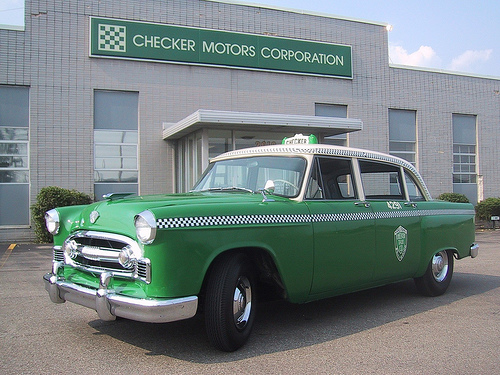
(Please note that some of these pictures were difficult to attribute, but a number of them have been traced back to the original source, this Flickr account by Drivermatic. Make sure you check out his huge collection of Checker photos, and thanks for the superb photographic resource!)
For sixty years, Checker Motors had a record unbroken run of profits building a few thousand cars per year in a small little factory in Kalamazoo, Michigan. In 1981, it posted its first loss, $488,326, and its owner made good on his threat to stop production of the iconic Marathon if his workers didn?t accept wage concessions. But Checker continued to stamp out body parts for GM into 2009, including for the Buick LaCrosse. The Carpacolypse of 2009 finally shuttered the ancient plant, but no need to shed a tear for the original owner?s son, David Markin: his wealth was recently estimated at over $100 million, until the Bernie Madoff scandal, anyway. And it was all due to a shrewd investment of $15,000 that his father made in 1920, which put him in the driver?s seat of Checker Motors. Let?s take a ride through Checker?s history. Taxi!

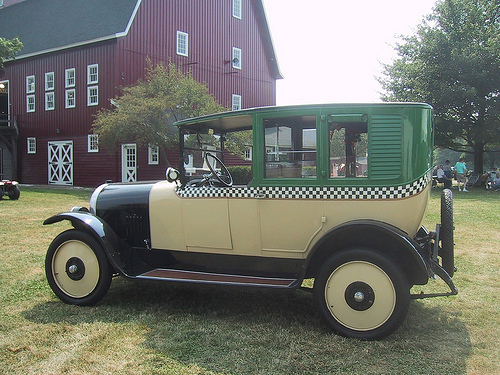
To understand the origins of Checker, one has to know that the taxi business was once very different than now: two or more companies competed fiercely in each city for the growing and lucrative business in those days. If you want the remarkable details of shady deals, graft and stock manipulation that created the two largest cab companies, Yellow and Checker, head over to coachbuilt.com?s very detailed history. A slightly less detailed but also excellent Checker history is also at checkertaxistand.com. Lets just say the upshot was that Checker Cabs wanted a custom built taxi, and somehow the son of a poor Russian tailor, Morris Markin, cleverly managed to manipulate himself (and some stock holdings he managed to get revalued) in the position to provide it, the first Checker Model C of 1922.
?
It?s important to remember that in the twenties, there were dozens of small car manufacturers, so in its early days, Checker?s scale wasn?t at all unusual. And the factory instantly became a profitable enterprise. And Markin expanded his holdings with Checker stock and profits including some large taxi operating companies and in later years truck trailer building (Great Dane) and other businesses.
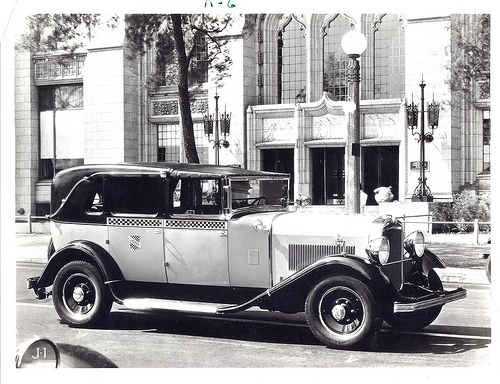
During this period, taxis competed on prestige, size and comfort, as most working folks stuck to taking the streetcar or bus. The Checkers from the late twenties were large handsome cars, and as in the old coach-built tradition, often had a rear roof section that could be lowered in nice weather, as much as to be seen as to see.
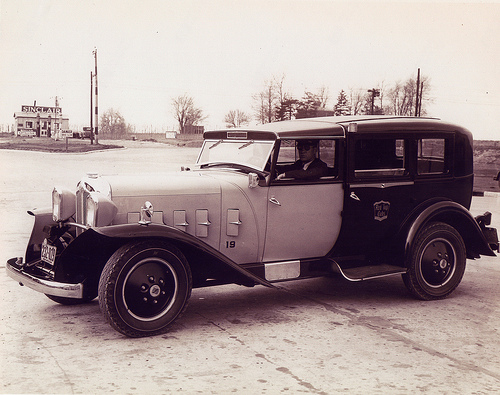
Checker styling started becoming a bit adventurous in the thirties, but the the full degree of that was still a few years off.
?
As always, Checkers were designed specifically for the job, both in their layout and rugged construction.
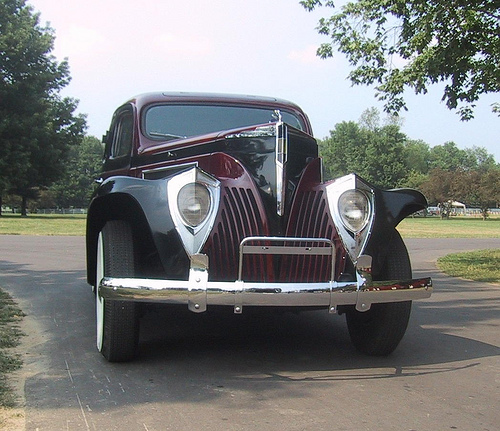
The all-new Model A designed in 1939 and went into production the following year. It featured a highly bizarre front end whose only redeeming feature was that it was recognizable from half a mile away. The debate who designed it is still unresolved, but actually, from the front end back, it was a quite a conservatively styled sedan with a highly unusual feature.
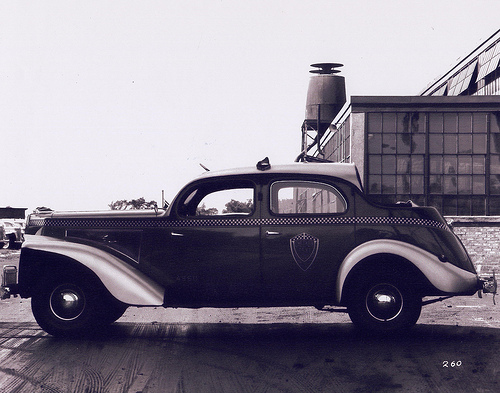
It had a remarkably advanced (and patented) optional steel rear laundalet roof section that could be lowered as seen here.
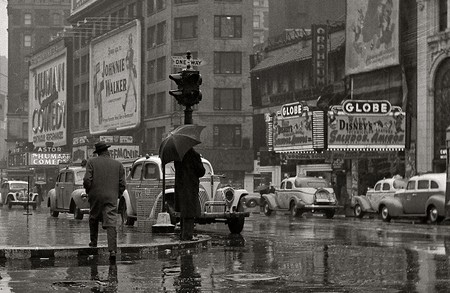
Needless to say, Checkers dominated the New York streetscape, as in this moody shot of Times Square from the forties.
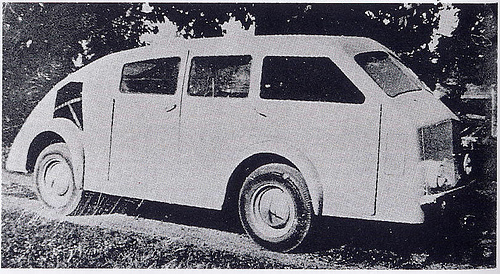
Rather unusual for such a small company, Checker ambitiously explored advanced designs during the forties, including this one-off rear-engined prototype. Looking all the world like a giant Fiat 600 Multipla, it was probably for the best that it was not developed further.
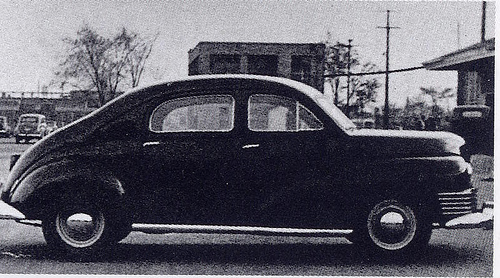
But a FWD prototype, with the straight six in a transverse arrangement was built and seriously considered. This is the first I?ve seen or heard about this, and its quite a remarkably advanced design for the times, looking much more French than Kalamazoo. Technical difficulties with the FWD transaxle killed it, probably for the best in terms of preserving the Checker reliability reputation.
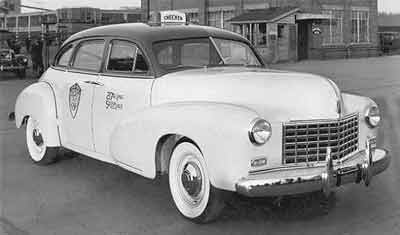
Instead, the very conventional new A2 of 1947 had traditional styling, and with minor retouches, became the iconic cab of the post war era.
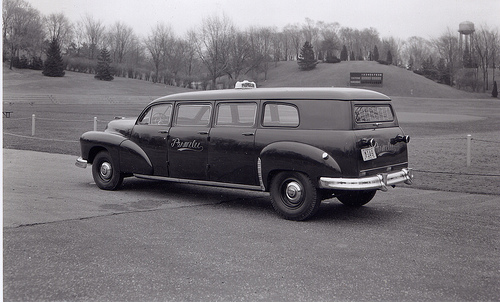
Like the legendary later Aerobus, Checker was building extended wheelbase vehicles in the forties, like this six door, twelve passenger wagon. These were the shuttle buses of their day.
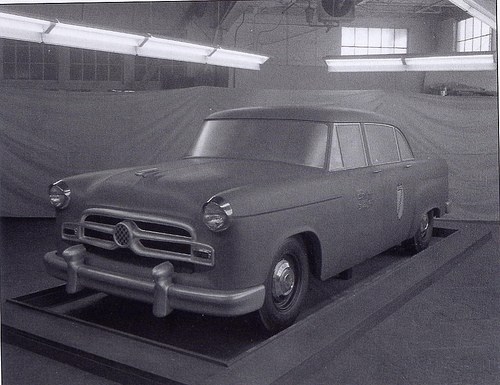
In 1955, an all new Checker was developed in the advanced styling studios (a corner of the factory partitioned off with drapes). The new A8 was designed to meet Manhattan?s new taxi regulations, and featured independent suspension on the front for the first time. Not that it made the Checker famous for its ride, however. The suspension engineering department lived in the janitor?s closet.
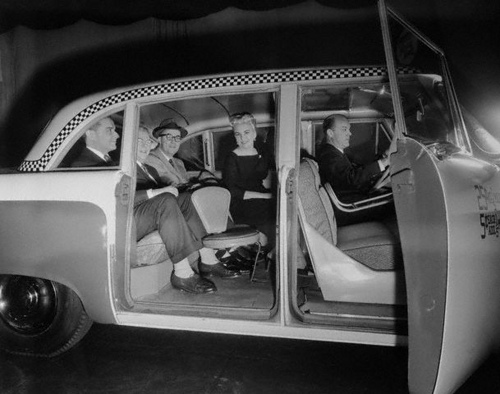
Interior space was always the highlight of the Checkers, and the Marathon?s tall roof, totally flat floor and two folding jump seats meant that up to five patrons could be accommodated in the rear compartment alone. Guess who got the jump seats? The pretty young lady. Beats sitting in the guys? laps, anyway.
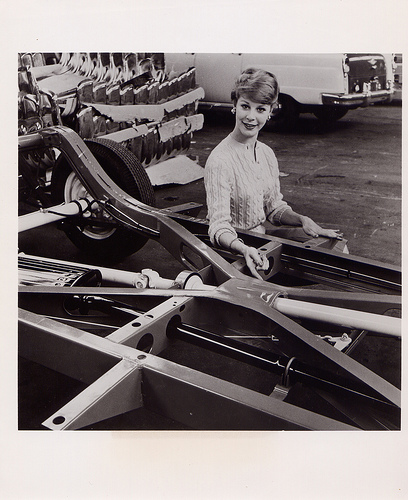
Here?s one of Checker?s many chassis engineers, pointing out the finer details of Checker?s legendary X-reinforced frame, the source of its ruggedness and flat floor.
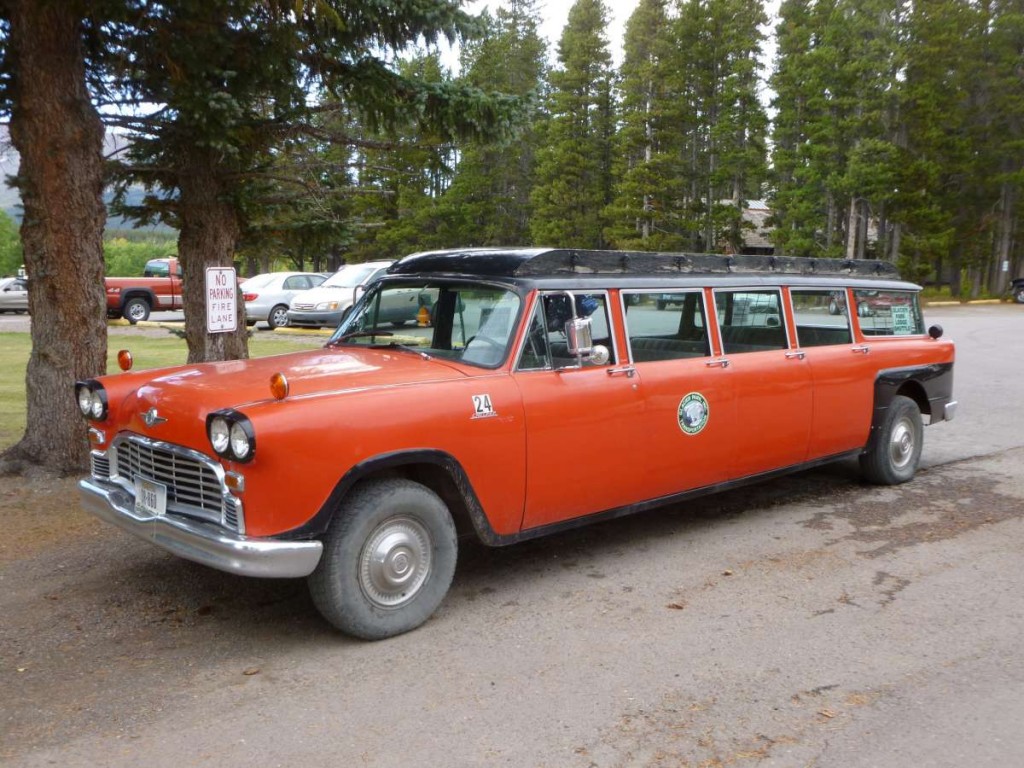
?
The six and eight-door Aerobuses were the stuff of legends in their day. Unlike today?s stretch limos with their cut and welded frame extensions, these long boys sat on a completely unique and specially designed frame, and enjoyed a high degree of structural integrity.
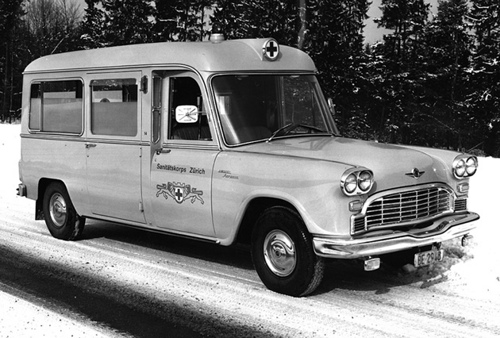
Not surprisingly, the rugged Checker frame lent itself well to custom coachbuilding, like this Swiss ambulance. It was the Checker?s taxi cab image that probably kept it from more success in the US as a limo and hearse source. If folks couldn?t afford a Cadillac while they were still alive, they at least wanted to ride to their graves in one.
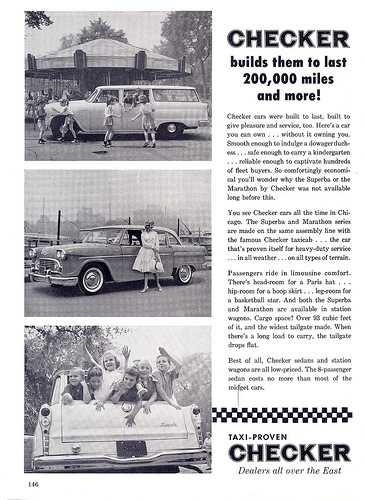
It should be pointed out that Checker production wasn?t all directed to taxis after about 1960 or so; possibly sooner. The Superba and Marathon sedans and wagons were marketed to owners who wanted no part of Detroit?s annual styling changes as well as its taxi-cab ruggedness.
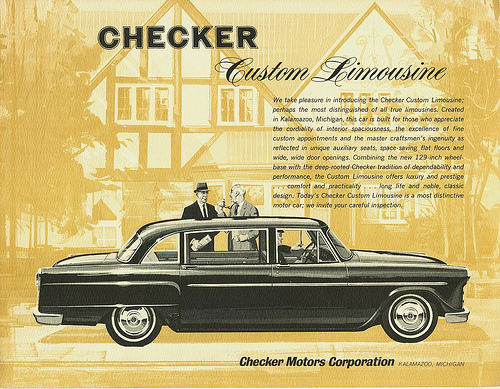
Checker also made an extended body sedan, and pushed it as a limo alternative, including versions with padded roofs and even an opera window. But time was moving on, and the garish seventies made the Checkers look like stale bread.
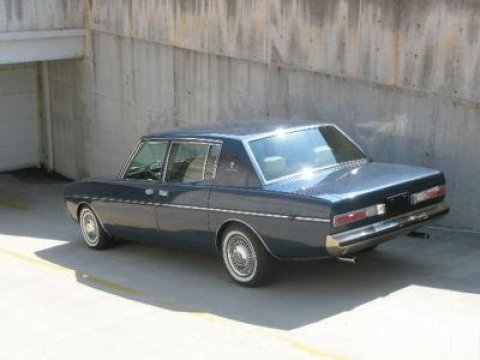
Ghia made a one-off on a Checker chassis, the 1968 Centurion. I?m not quite sure whether that was at Checker?s instigation, but more than likely so. Who else? It had a very un-taxi like Italian leather and wood interior along with the requisite Nardi wood wheel.
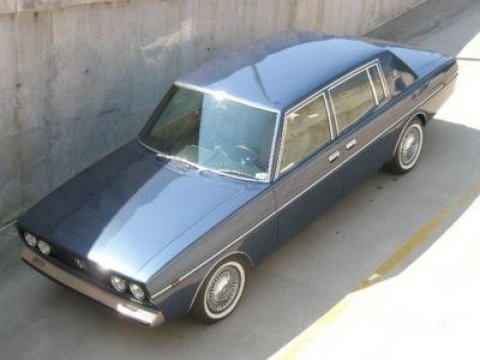
In any case, it?s a handsome idea of what a modern Checker could have looked like. It has similarities with a number of contemporary cars; everything from a Toyota Crown to an Opel Kapitan.
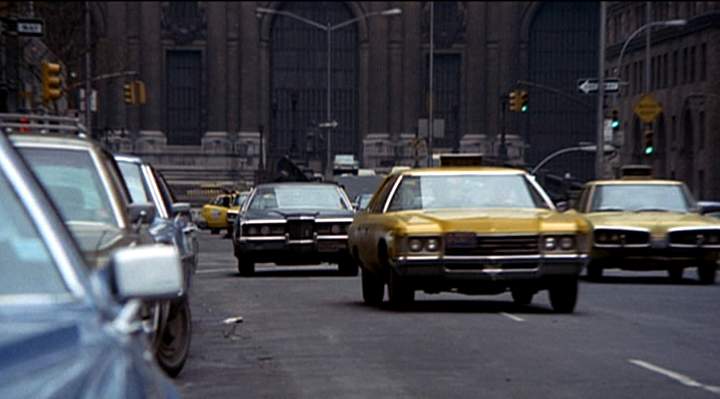
Checker Motors operated most profitably with an annual production of 6-8k cars, but after 1970 that became increasingly difficult, due to major markets like NYC loosening their taxi regulations to allow conventional sedans to operate. They were obviously cheaper for the Big Three to build, and the fleet dumping practices of the seventies was Checker?s coffin nail as a producer of cars.
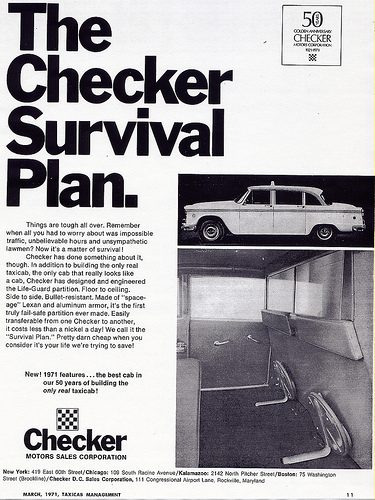
Checker had no real plans or ambitions for a post-Marathon future. Scion David Markin was more interested in playing tennis than Checkers.
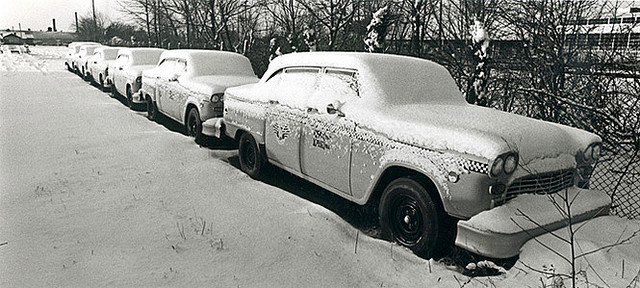
The only significant changes made were those required by government regulations, such as the new bumpers beginning in 1974. Checker?s were particularly impressive, but then it suited their environment. They should have had them all along.
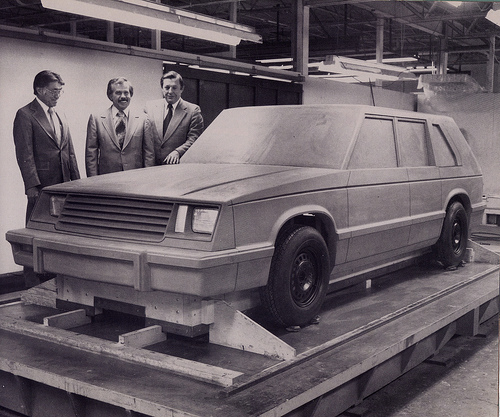
In 1977, former GM President Ed Cole bought 50% of Checker for $6 million and began plans to build a completely new car for a new era. His first prototypes were based on lengthened VW Rabbits, but his death at the controls of his personal airplane ended that. But some work continued based on his ideas, utilizing GM?s X-Body (Citation) FWD drivetrain and a solid rubber rear suspension spring. Checker founder?s son David Markin really had no taste for new ventures at Checker, and it all came to naught.
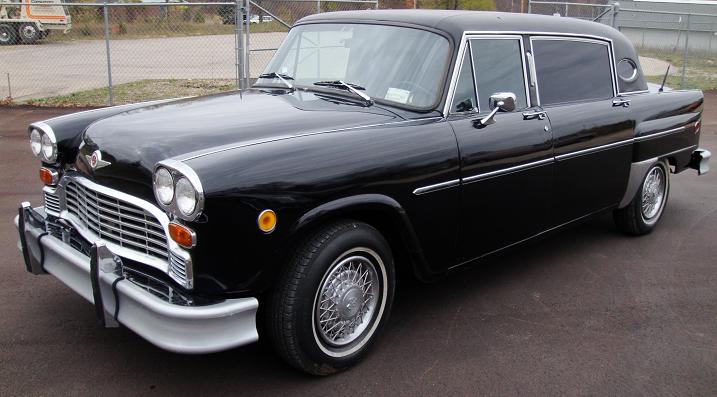
In 1981, during the recession, Checker had its only posted loss after some sixty years, having survived the Depression profitably, if on a smaller scale.? In a contentious affair, Checker decided to end production rather than give in to union demands. The last Marathon rolled off the production line on July 12, 1982.
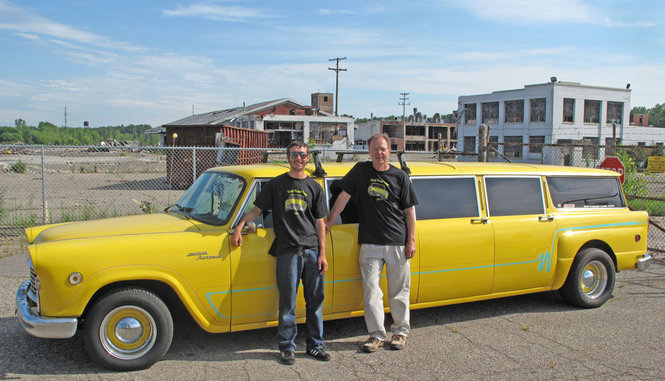
But Checker continued to build parts for other manufacturers until 2009, when the downturn finally swamped them too. The little factory that hummed away for almost ninety years has been razed, leaving just the footings to mark where one of the more unusual automotive stories played out. Now its a pilgrimage site for lover of the brand.
?
Misty May Treanor Lolo Jones chicago bears Aly Raisman Marvin Hamlisch Megan Rossee NASA
No comments:
Post a Comment
Note: Only a member of this blog may post a comment.